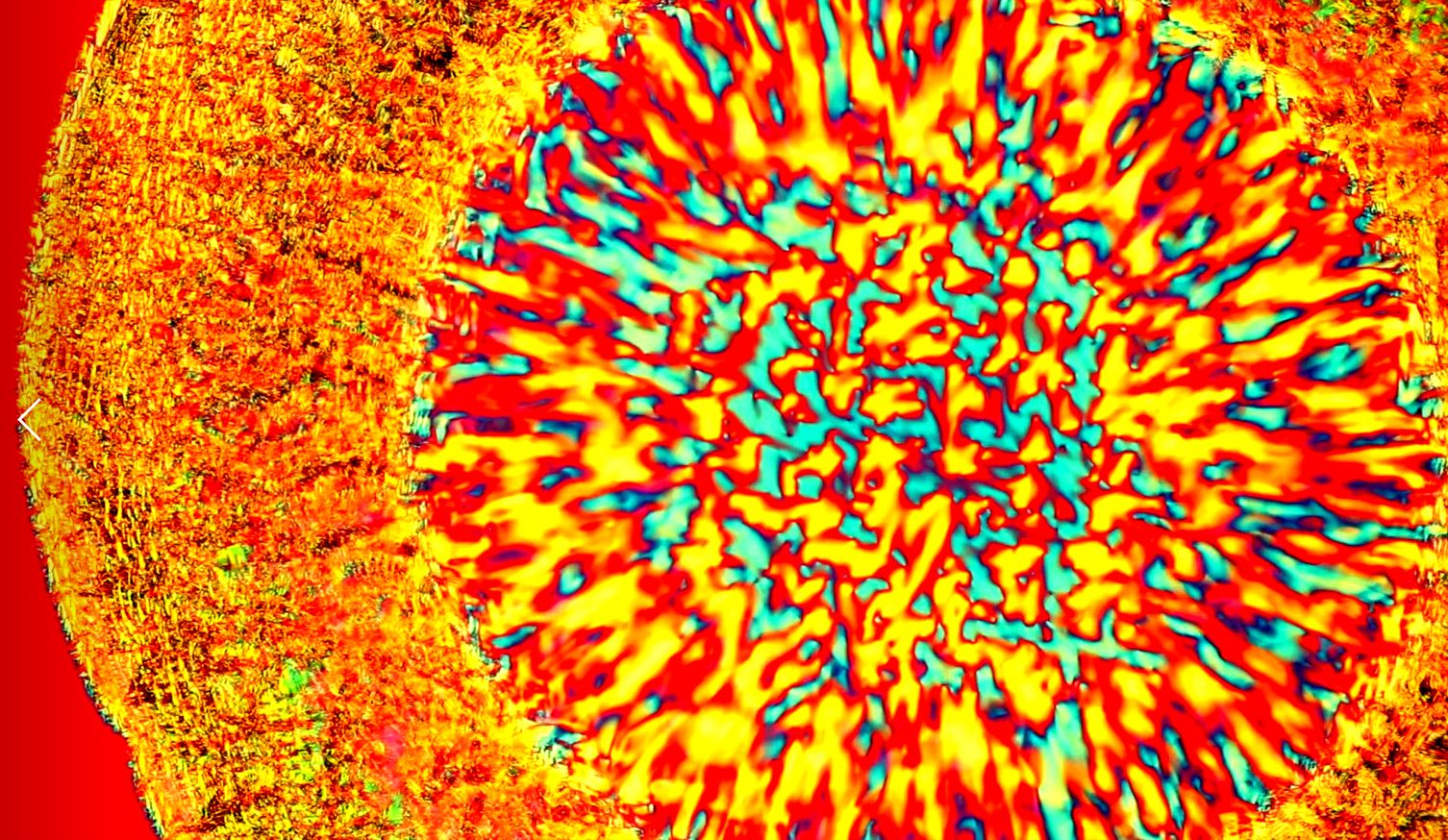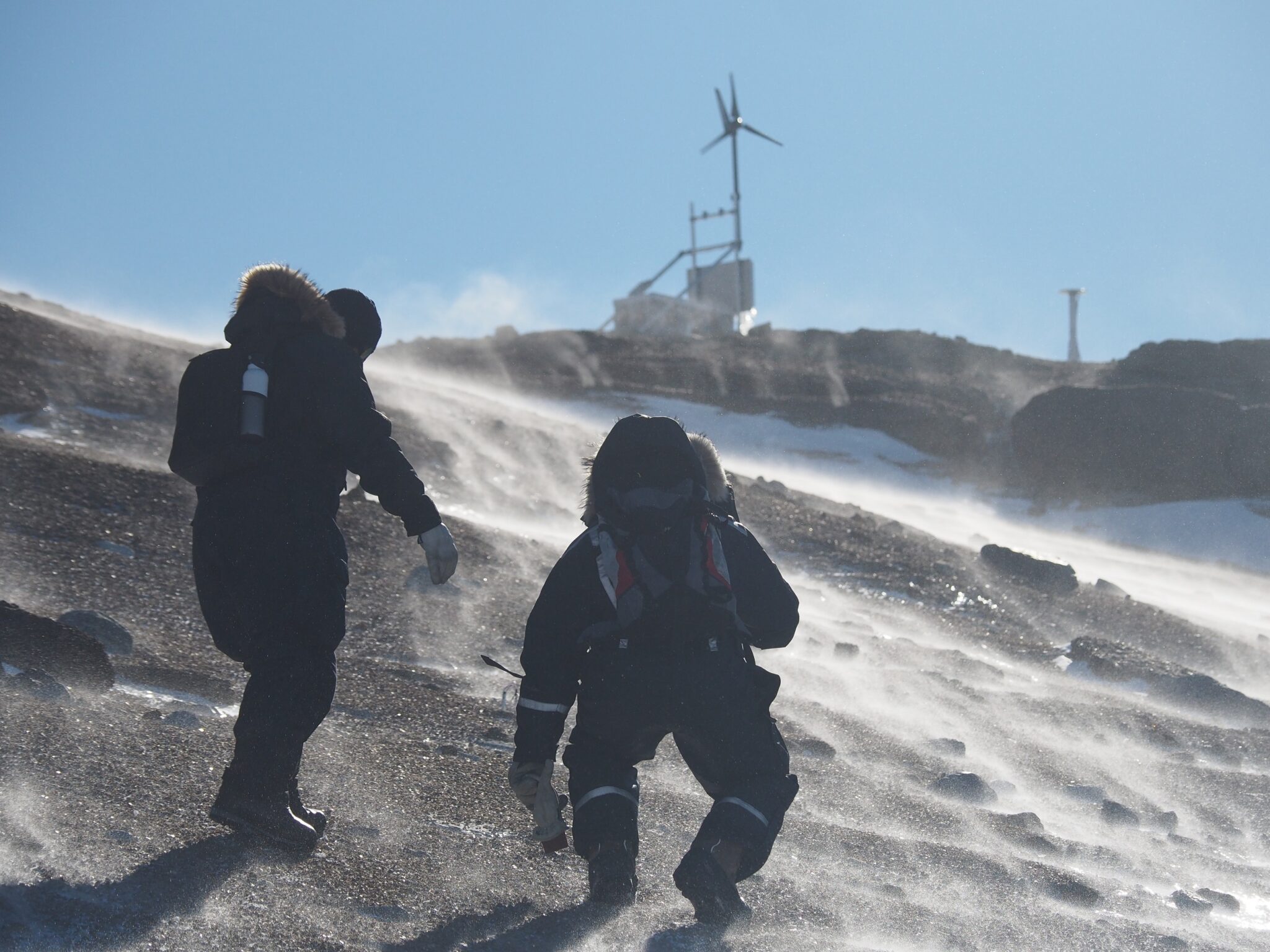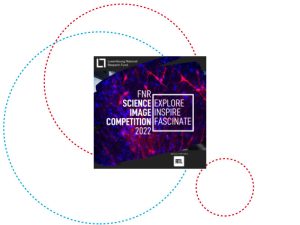A “sunspot”, an Antarctica mission and liquid crystals – these are the topics of three award winning images at this year’s FNR (Luxembourg National Research Fund) Science Image Competition. The objective of the annually held contest since 2019 is to show the growing role of images in scientific research, to reveal how scientific work is conducted, to give a face to the researchers conducting it and to present various ways to engage the public with science.
The pictures, taken by scientists at the Faculty of Science, Technology and Medicine of the University of Luxembourg, are among other winning images, which can be discovered online here and seen from 29 June until the end of September 2022 at the Luxembourg Science Center and from September/October 2022 until the end of the year in front of Lycée de Garçons in Limpertsberg.

Received “Distinction” in the “Object of study” category
Although the image resembles a solar flare, it represents a drying droplet of lyotropic liquid crystals. These are obtained by combining molecules that have both a ‘water-loving’ and a ‘water-hating’ part, which causes them to form specific accumulations under certain conditions. The colors in the image reveal how the molecular orientations of the droplets self-organize as they dry. Anupam Sengupta and team captured the image using a microscope that polarises light (source: FNR).

“Luxembourg researchers in Antarctica” by Sajad Tabibi
Won the “Scientists in Action” category
This picture represents scientists from the Geophysics Laboratory (GL) of the University of Luxembourg in such a harsh environment in Antarctica that it resembles the surface of the Moon. The Global Navigation Satellite System (GNSS) visible on the right corner of the picture is located at the former Japanese station “Asuka”, around 60 km from the Belgian station. The scientists are involved in a research project at the Belgian zero emission scientific research station “Princess Elisabeth Antarctica” (source: FNR).

Awarded in the “Object of Study” category
Liquid crystals come in many different phases, colours and shapes. They are useful in just as many different ways – from LCD screens, make-up and mood rings, to functions in the human body just to name a few. This image that resembles a funky maze in fact shows chiral textures formed by liquid crystals. Co-existing bubbles and streaks have formed because the liquid crystals are oriented upright against the confining surface (source: FNR).
